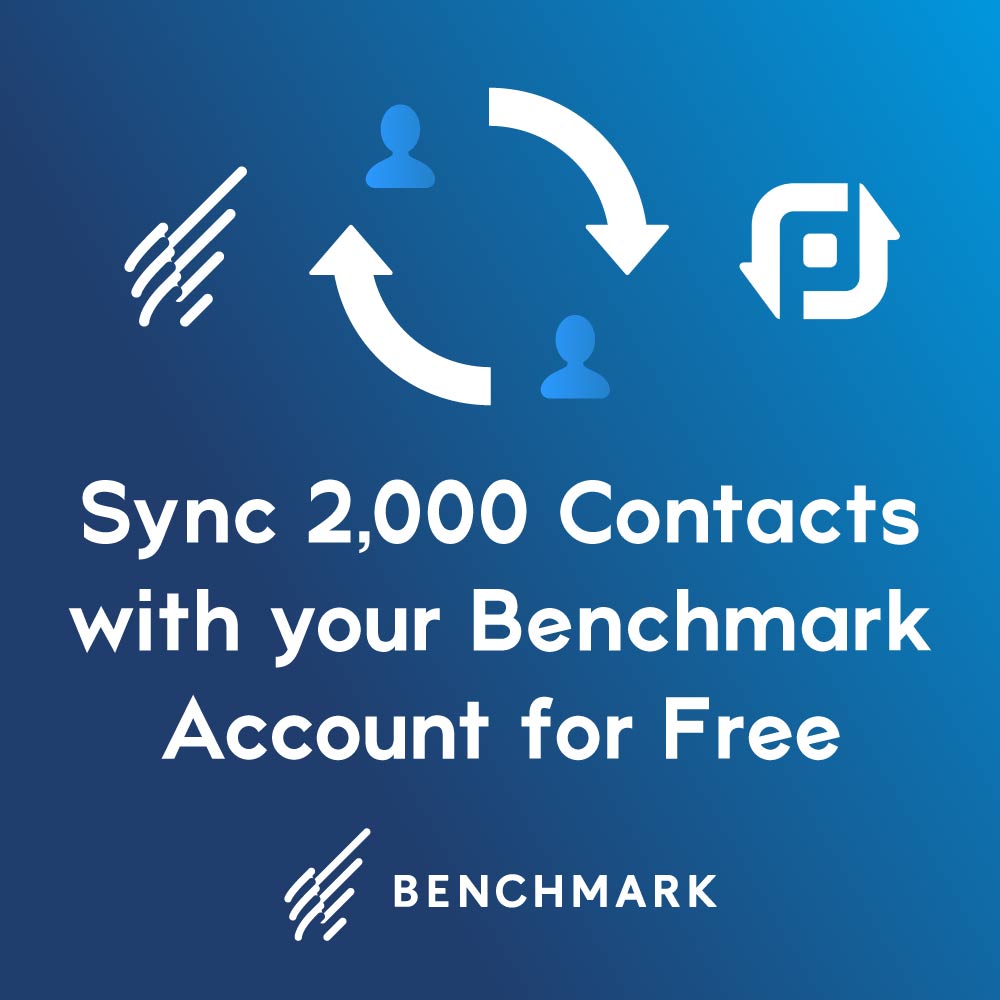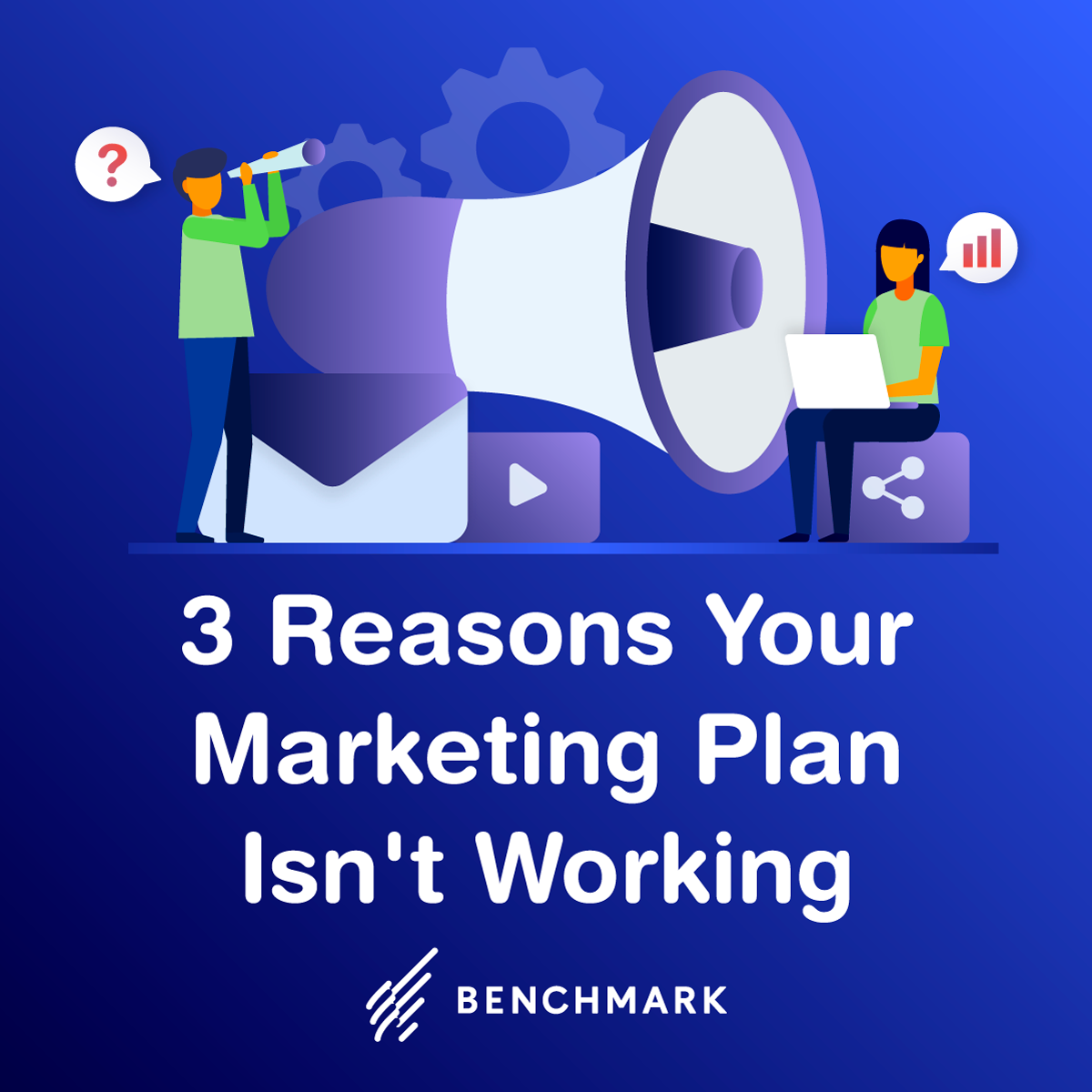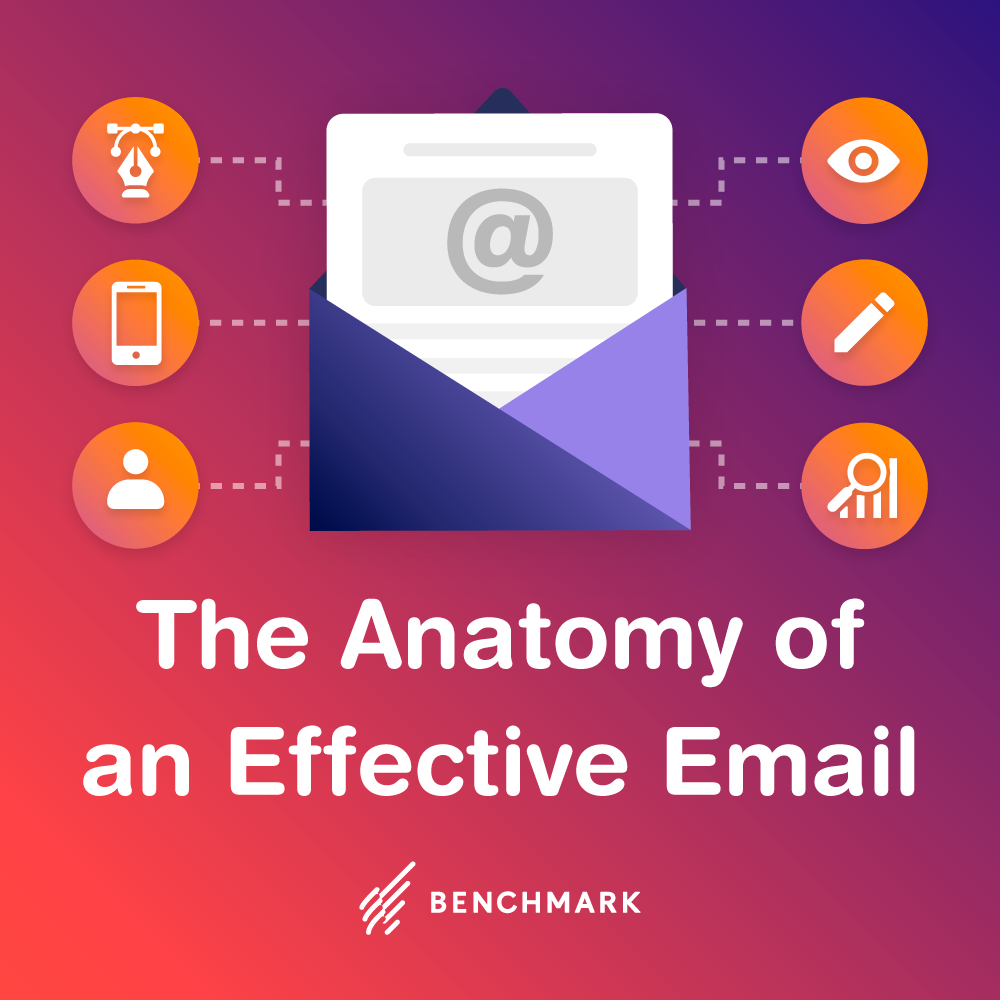
Building a solid email list might be the most important thing you do as an email marketer. This list should be completely opt in, contain only subscribers that want to hear from you, and include some sort of proof – written or digital – that shows where and how you got each email address.
That being said, how does one go about building a list? What are some good guidelines to follow? Here’s a list of things to consider when building a permission-based email list:
1. Get permission
This seems like a no-brainer, but let’s face it: the temptation to buy, rent or scrape together a list from the Internet is strong. Instead of going this route, set up a Signup Form on your site. Use that Signup Form, also known as a sign-up box, to gather email addresses and build up your contacts.
Find out more about Benchmark Email’s customizable Signup Forms and list management tools. Automatically sign up and add people to your contact list.
2. Plan for the long-term
When you add subscribers, craft a long-term plan that keeps them in the fold as long as possible. This might mean putting together a long-term strategy to try to get as much customer feedback as possible on what they’d like to see more of on your site or in your store. Develop trust and cultivate something that lasts.
3. Re-confirm your customers
If you’re working with a house list that hasn’t been used in a while or contains erroneous email addresses thanks to the passage of time, re-confirm your customers. How do you do this? Send a re-confirmation email asking them to re-subscribe to your newsletters or emails. It might say something like this:
Send several rounds of re-confirmation emails to your customers as some won’t see your email the first time around. However, if the same people fail to click on the link after several of these emails, unsubscribe them as they are probably no longer interested in receiving your newsletter. An added bonus to re-confirmation emails is viewing which emails bounced or are no longer valid. Clean these off your old list and focus on the customers who re-confirmed their subscriptions.
4. Grab subscriptions from your Website
Use a custom Signup Form, place it on your Website and sign up customers to your newsletter automatically. Put your Signup Form on every single page, just in case customers land on them after doing a Web search rather than coming through the front door, your home page.
5. Archive your emails
An email archive is a great way to use Web versions of your newsletters to grab new subscribers. Once customers view your emails, even ones with out-of-date info, they’ll be more likely to sign up for your email or newsletters of the future. Use your archive and a Signup Form to grab customers from your archive.
Benchmark Email features an archive tool that lets you put all your past emails online and in one place. Find out more about the Benchmark Email archive option.
6. Advertise your newsletters in other email newsletters
This oft-overlooked strategy can yield a large number of email addresses in a short time. If you know of a popular outdoors newsletter and you run a store selling camping equipment, buy an ad in that newsletter with a link to your email Signup Form. Look for high-volume, opt-in newsletters for the best placement. If you can’t afford an ad in a newsletter, just contact the owner of the newsletter directly and trade a link on your site with one in their newsletter.
7. Gather email addresses when customers make purchases
This strategy works whether you own a brick & mortar store or an online shop. Somewhere in the transaction phase, include a field where customers can add their email addresses and sign up for your newsletters or sales emails. Make sure you tell them them how often they can expect to see your newsletters in their inbox, as well as what the content will be. If you’re still tweaking how often you’ll send, keep that info vague and focus on what they’ll find in your newsletters, rather than when they’ll see them.
8. Upload your email to a community
An email marketing community is a great place to showcase all your emails and build up your list. Put your emails online in the community and you’ll find a brand new audience for all your email communications.
Benchmark Email has a special email community specifically for this purpose. Post your emails in full Web format and enjoy better visibility amount net surfers. Find out more about the Benchmark Email Community.
9. Use sales, trade shows and other special events to get subscribers
Create a paper email sign-up form specifically for big special events when you know you’ll have a lot of people in one place. Put these forms in a highly visible place, such as at the sign-in table, near the cash register or next to your front door. Make sure your customers know signing up is optional, but put a checkbox on those forms that show that those customers know what they’re getting into.
10. Use the forward-to-a-friend option
Put a forward-to-a-friend link in all your emails. If you do your homework and put a Signup Form on every page of your site, includling landing pages, you’ll gather email addresses from the people who received the forwarded emails pop up on your subsciption lists. People like to trade emails back and forth – it’s an easy, fast communication option – so don’t write off this feature when you send your campaigns.
Benchmark Email offers a forward-to-a-friend option in each email you send, and even tracks who received those emails and whether they were opened. Find out more about Benchmark’s email marketing campaign features.
Building a great house email list isn’t always easy, but the rewards are huge. Follow the tips above to build up your house list, cater to your subscribers and even boost your ROI.




